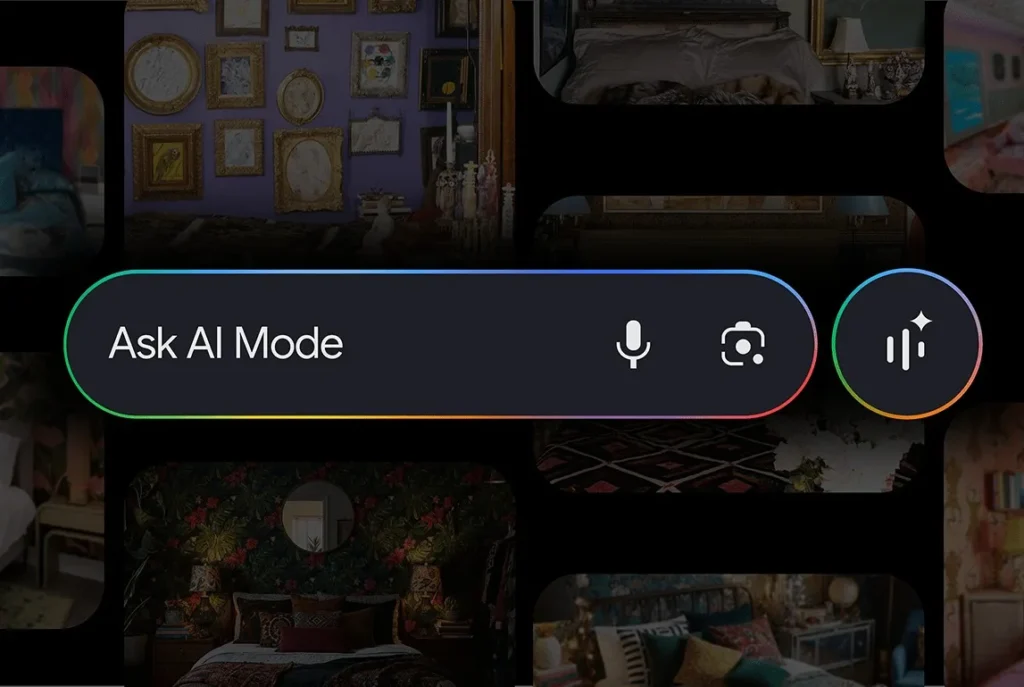Google Chrome on Android enhances autofill security with biometric verification
Until now, the autofill feature in Google Chrome on Android provided undeniable convenience… but it had a significant security oversight. This gap has now been addressed: Google introduces mandatory biometric verification before automatically filling in your credentials.
Convenient Autofill… but Too Permissive on Chrome
The autofill function for usernames and passwords has become standard, whether for saving time or for avoiding memorizing dozens of logins. On Android, Google Chrome relied on Google Password Manager to manage this feature.
However, until recently, Chrome would automatically fill in the login fields as soon as a corresponding page was detected, without asking for confirmation. This was an obvious security issue: if someone temporarily used your unlocked phone, they could access your accounts without any barriers.
Now, Biometrics Are Involved
Google is addressing this by integrating a new security setting into Google Password Manager. It is now possible to require biometric authentication (fingerprint, facial recognition, or lock code) before automatically filling in your credentials.
This means that even if your passwords are saved in Chrome, you will first need to verify your identity to use them. This welcome addition aligns Chrome with security practices of browsers like Firefox, which already require authentication even to access the password list.
How to Activate This New Security?
This feature is being rolled out and is already available for users of Google Password Manager.
Here’s how to enable it:
- Open Google Chrome on your Android device.
- Go to Settings > Google Password Manager.
- Scroll to the Device Settings section.
- Enable the option “Authenticate with biometrics before entering passwords.”

Note: the mention “coming to Chrome” may still appear, but the feature is already functional on many Android devices.
A Timely Response to Security Flaws
With this update, Google is catching up in terms of security compared to its competitors. Firefox, for instance, already requires biometric verification to access passwords, even if it doesn’t use the service as the default autofill.
By adding this verification step, Google enhances the privacy of sensitive data without compromising user experience. Autofill remains fast and efficient—but now, it also adheres to modern security standards.
Chrome Finally Catching Up in Password Protection
The addition of biometric verification for autofill is a crucial update for Chrome on Android. This extra security was eagerly anticipated, especially as our smartphones centralize an increasing share of our digital lives.
This is a positive step for Google, demonstrating its willingness to balance user-friendliness with data protection rigor. Good news for all Android users.




